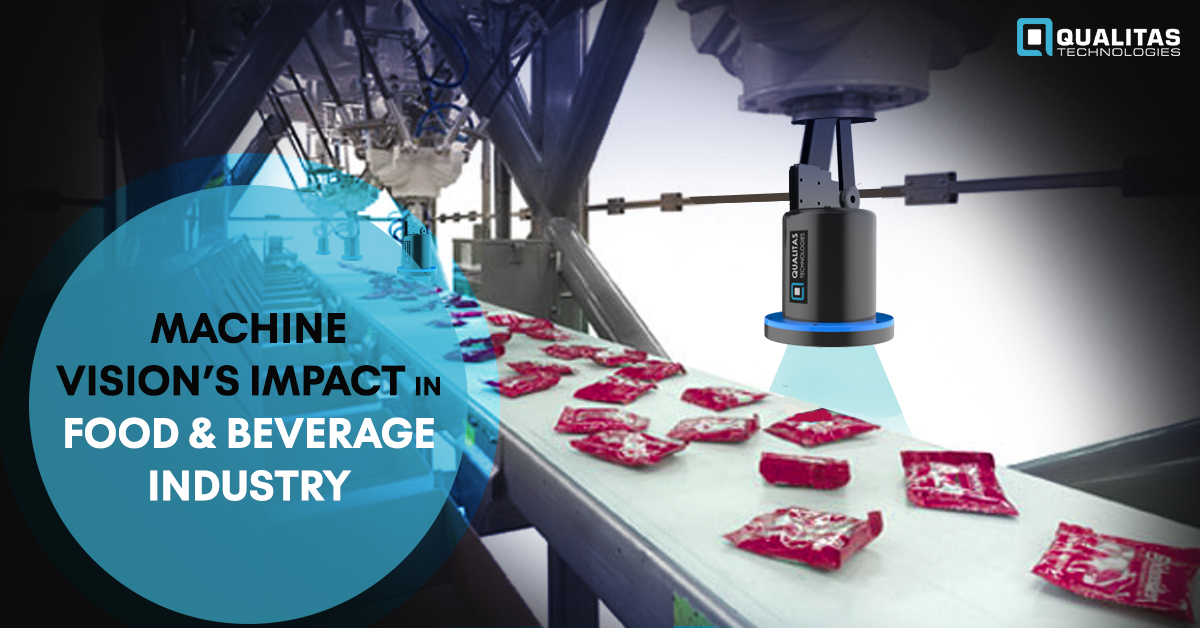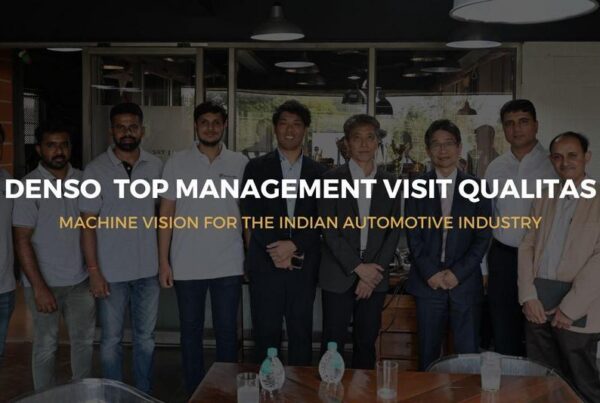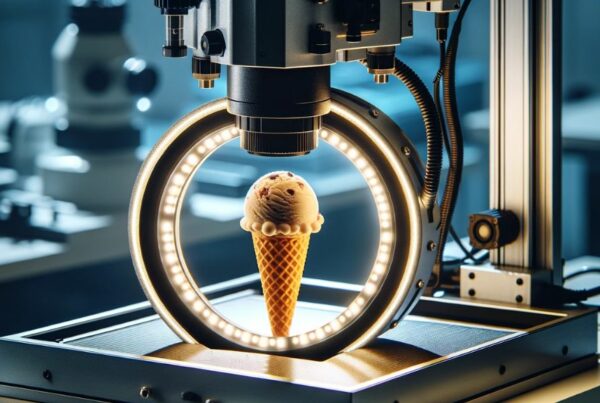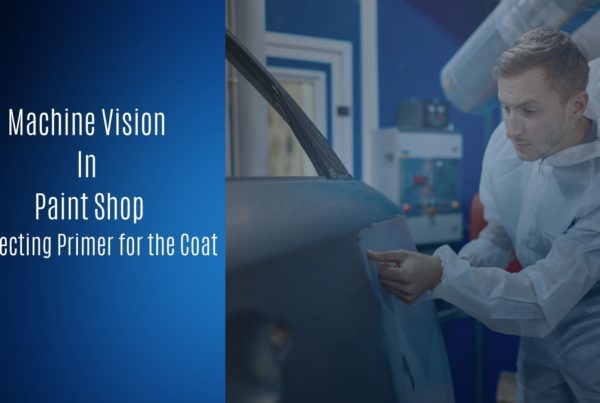
Machine vision technology has been making significant advances in the food and beverage sector. For a long time, this industry has been a user of machine vision equipment. The industry has been widely regarded as an early adopter of the latest technology. Today, an increasing need for efficiency, quality, and regulatory compliance is driving even more machine vision technology adoption in the domain.
Machine vision has been playing an integral role in the ever-evolving and heavily regulated food and beverage industry, helping introduce efficiency, quality, and safety. Machine vision has an indispensable effect on the assembling procedure for food and drink agencies worldwide. System imaginative and prescient makes packages faster at the same time as improving well-being and best.
Related Article: How Can Food & Beverage Segment Benefit From Machine Vision Inspection
CHALLENGES FOR MACHINE VISION IN THE INDUSTRY
The food and drinks industry provides novel problems for gadget imaginative and prescient systems manufacturers to provide the unwavering excellent, repeatability, and talent required for the programs wished in the inspection. A full-size quantity of these difficulties rotates around a fundamental clash in the enterprise: The truth of low-aspect duties and the requirement for huge amounts of security and quality.
Sustenance and refreshment producers are looked with progressively stringent necessities with regards to things, for example, sullying, recognizably, security, etc. Conveying device imaginative and prescient innovation into sustenance and drink assessment strategies can set apart time and coins at the same time as truly restricting those dangers.
There is zero resilience for errors in the food industry, mainly with reference to security and satisfaction. Genuinely, issues emerge whilst someone with a nut-allergic reaction takes a nibble of walnut dessert that is falsely named vanilla. To add to these issues, ordinary varieties in items are arbitrary, and the criteria to decide deformities are regularly emotional and undefined, presenting significant hindrances in system structure and arrangement.
Traditionally inspection processes have heavily relied on people to check for safety, quality, and consistency. This is expensive, subjective, and prone to large human error. This is where machine vision systems allow food producers to ensure high levels of safety and consistency among its products, while also keeping costs down.
MAJOR WAYS MACHINE VISION HAS IMPACTED THE INDUSTRY
Some of the ways that machine vision has positively influenced the food and beverage industry are:
1. Aluminium Tray Inspection
Aluminum trays are used for various things in the food industry. What they all have in common is that they should all be leak-proof with the correct contours. Due to the high cycle speeds and large production volumes, manual checks for aluminum, trays cannot be carried out on a random sample basis. An imaging system can be used in such cases to automate the production and inspection process.
The trays verified by the image processing station as defect-free can further be automatically stacked, shrink-wrapped, and packaged. This means that the only tasks that may need to be performed manually on the line are placing the aluminum coil at the entrance to the press, providing the packaging materials, and taking away the pallets with the stacked, shrink-wrapped trays.
2. Inspection and Cutting of Sausages
In order to cut down on both time and cost a machine vision system can be used that is able to divide numerous pairs of sausages in a very short amount of time. The sausages can be taken from the smoking or cooking trolley and transferred to rack onto the machine’s conveyor belt. The sausages can then be fixed in place and spread out so that the machines can inspect them and later separate them.
3. Inspection of Baked Goods
Image processing systems for bakery products can be used to inspect the geometry of each item. Therefore, the image processing system can measure the length, width and height of each baked good in order to detect any geometrical, dimensional or breakage errors. Additionally, machine vision systems can easily be configured to determine whether features like browning, topping, or roundness of the loaves, or bread rolls meet quality requirements.
4. Food Safety Compliance
Safety has always been a massive concern in the food processing business. Even the smallest contamination in the food can have massive consequences. Following the regulations is necessary. Factories can implement AI-based cameras to detect whether an employee is wearing a proper costume or not. AI-enabled cameras can help restaurant managers to keep a watch on the restaurant workers as to whether or not they are wearing proper food protection gears as per food safety regulations. It helps them to detect any indiscipline in real-time.
Also Read: Pizza topping inspection using Deep Learning
CONCLUSION
Despite being at the initial stages of growth, AI and machine vision is reshaping the food processing and handling business. In upcoming years, it is going to revolutionize the food and beverage sectors forever.
Get In Touch With Us





